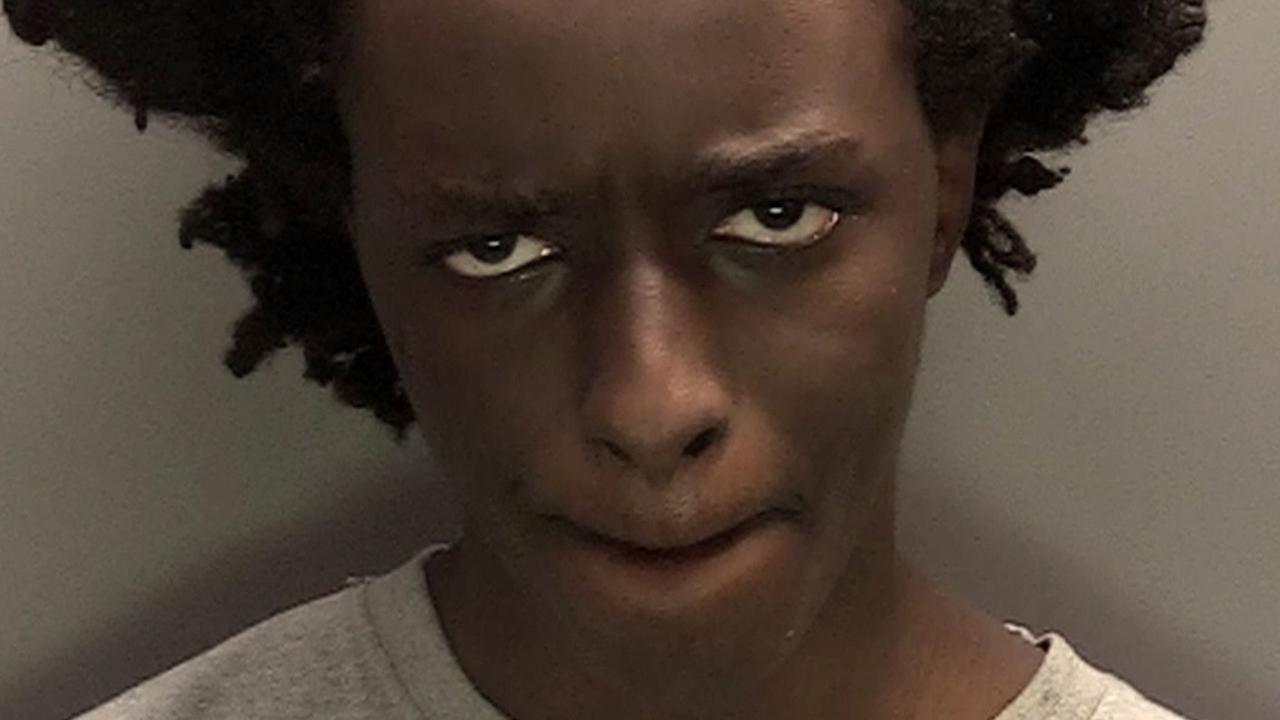Twice the horror: The Australian killers who strike in pairs
Australia has a sad history of deadly duos — evil partnerships perpetrating some of the nation’s most sickening crimes. These are some of the worst. WARNING: DISTURBING CONTENT
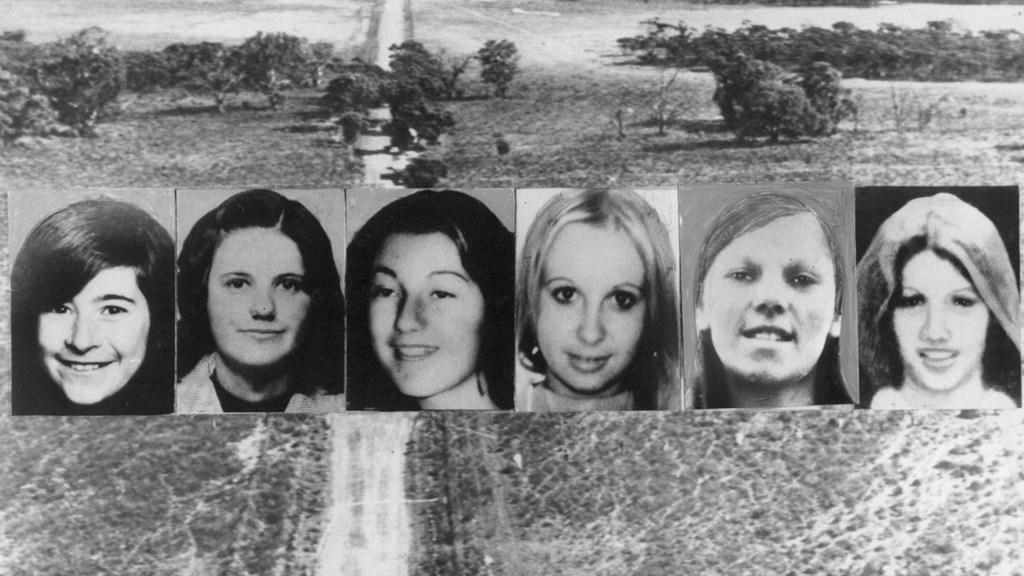
Crime in Focus
Don't miss out on the headlines from Crime in Focus. Followed categories will be added to My News.
WARNING: DISTURBING CONTENT
Over the years the world has been rocked by the terrible crimes of killer double acts — the UK’s Fred and Rosemary West and Ian Brady and Myra Hindley perhaps being the most notorious of all.
But Australia has its own sad history of deadly duos — evil partnerships perpetrating some of the nation’s most sickening crimes.
These are some of the worst.
ROBIN REID & PAUL LUCKMAN
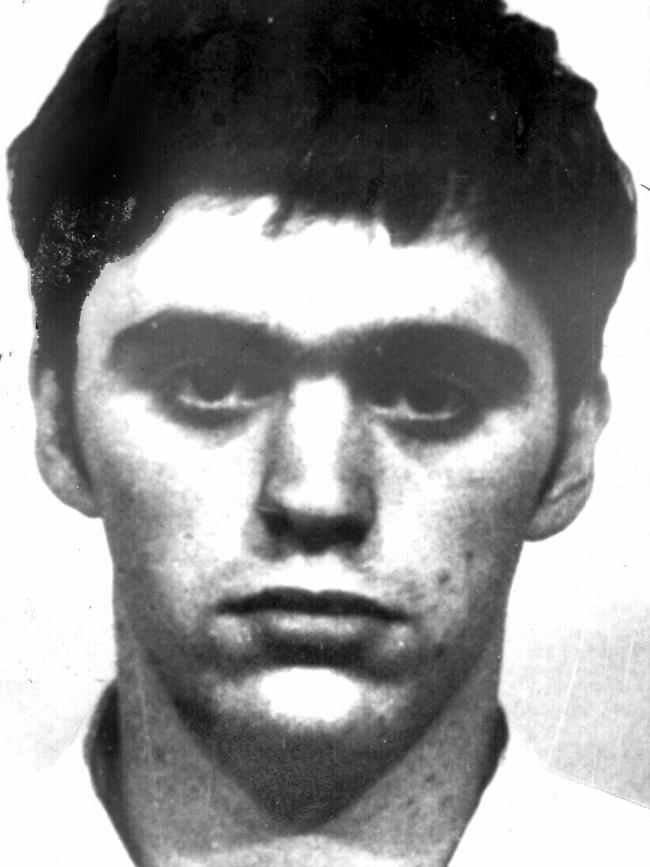
When two Brisbane soldiers with a shared fantasy for murder crossed paths with two schoolboys wagging school the result was described in court as “one of the most brutal and callous crimes ever”.
One boy would die after being buried alive in a shallow grave after hours of torture, while the other was forced to participate in the attacks on his friend at gunpoint.
It was 1982 and Peter Aston and his friend Terry Ryan, both 13, had skipped school and started hitchhiking — Peter hoping to return to his hometown of Melbourne to see his brother and Terry agreeing to accompany him as far as the Gold Coast before heading home.
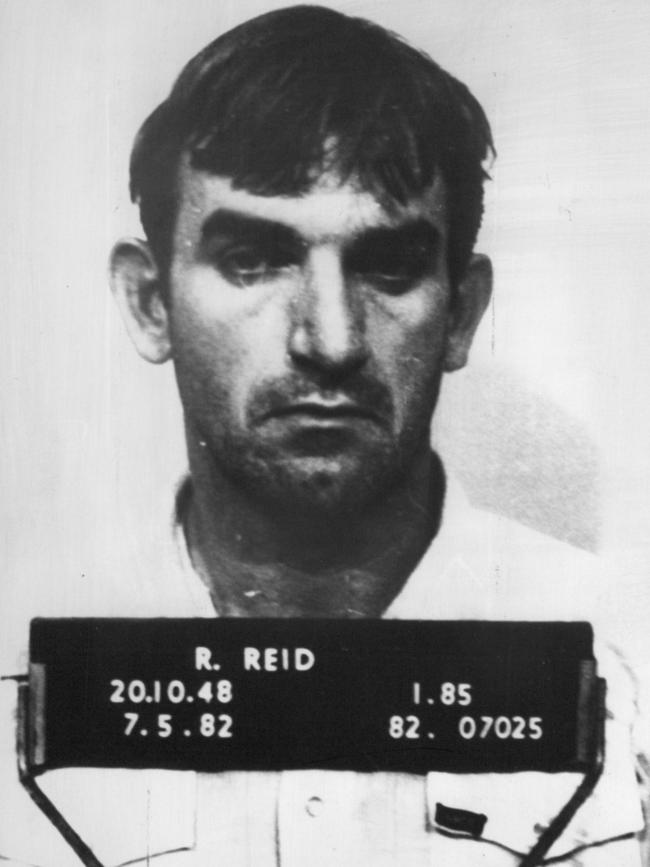
But when they were picked up on the Gold Coast Highway by Robin Reid, 34, and Paul Luckman, 17, from the Enoggera Army Barracks, the boys’ anticipated adventure quickly turned to terror.
The soldiers produced a knife and handcuffs before driving the boys across the New South Wales border to the beach at Kingscliff where Peter was chosen to die.
The attacks that followed were horrific as the killers deliberately drew out their victim’s suffering.
“Fifteen distinct knife wounds, 14 other wounds described as abrasions, shallow lacerations and bruises, a depressed fracture of the skull and a dislocation of the cervical spine told part only of the prolonged, wanton and sadistic attack which was carried out by knife, rifle and shovel,” said Justice Roden at their trial.
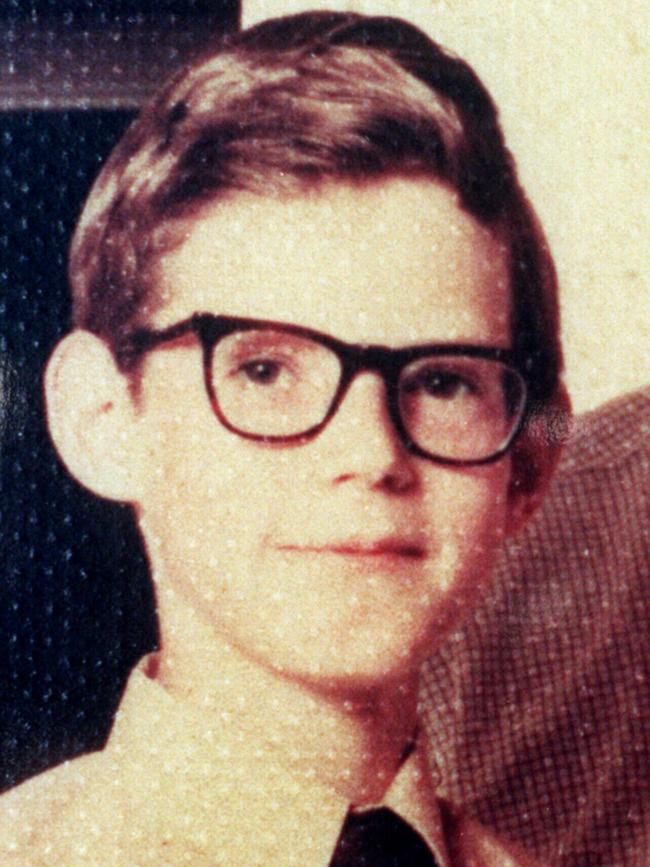
No mercy would be shown to Peter but, incredibly, after leaving one boy for dead, the soldiers let Terry go near his home.
As he raised the alarm with his parents his story seemed unbelievable, but his sheer terror convinced them something awful had happened.
Then, with the police called, Terry was able to lead them to his friend’s grave.
Reid and Luckman were picked up at a police roadblock, and later sentenced to life. The judge said they had tortured and killed “solely for the purpose of the pleasure and satisfaction they believed they would derive from the enterprise”.
Luckman — who had claimed to be under the older man’s influence — walked free in 1999 and now lives as a woman, having applied for female hormone treatment in prison.
DAVID & CATHERINE BIRNIE
A courageous teenage girl ensured Australia’s most notorious husband and wife killing team faced justice, but not before they had murdered three women and another teenager after taking them captive.
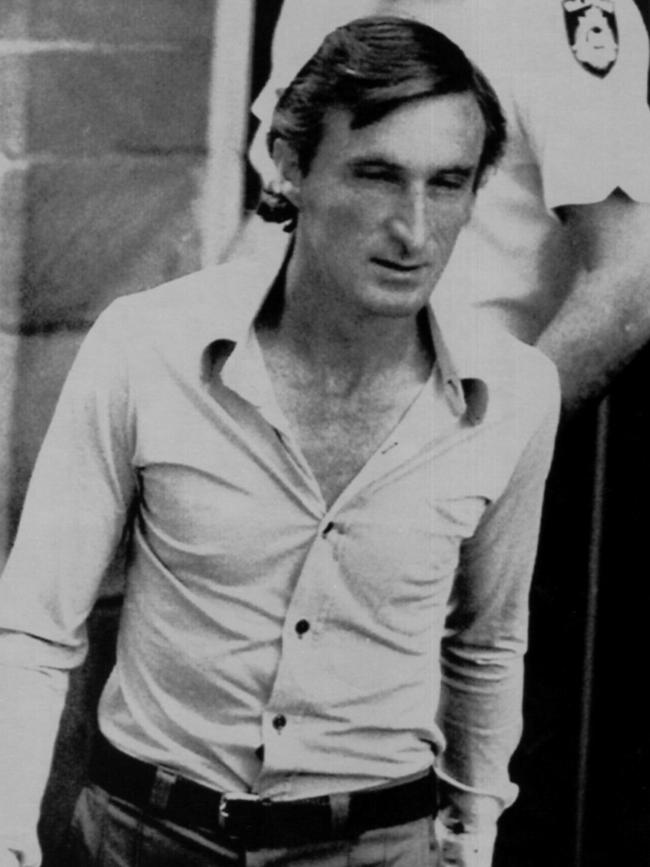
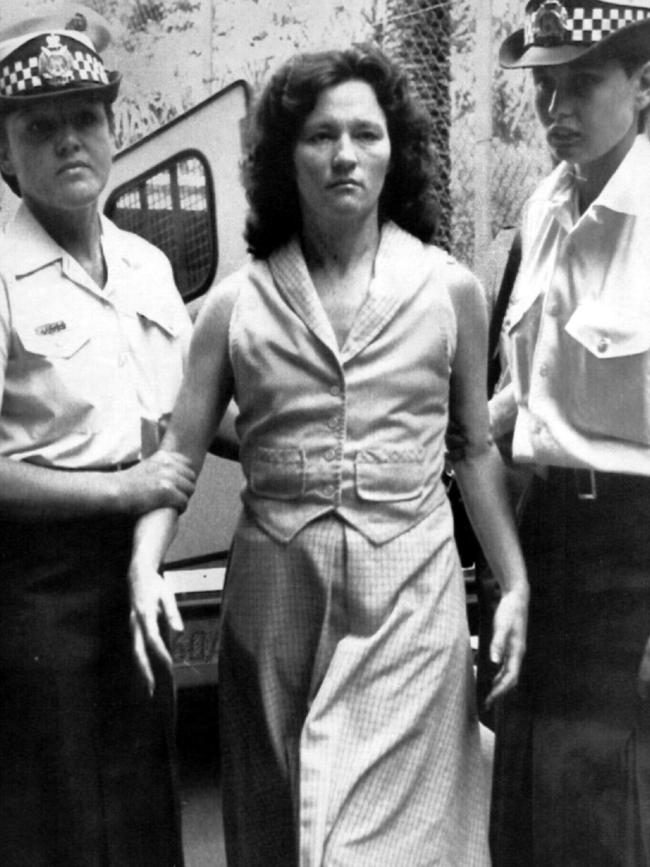
Kate Moir was just 17 when David and Catherine Birnie selected her as the fifth victim in their sickening crime spree.
They had already killed Mary Frances Neilson, 22, Susannah Candy, 15, Noelene Gladys Patterson, 31, and Denise Karen Brown, 21.
Ms Moir was taken to their Perth home at knifepoint and chained to a bed after accepting a lift from the harmless-looking couple after a night out.
There David Birnie would rape her as Catherine watched.
But even through the terror of her ordeal, Moir was calculating her odds of survival — and when the chance came to escape she took it.
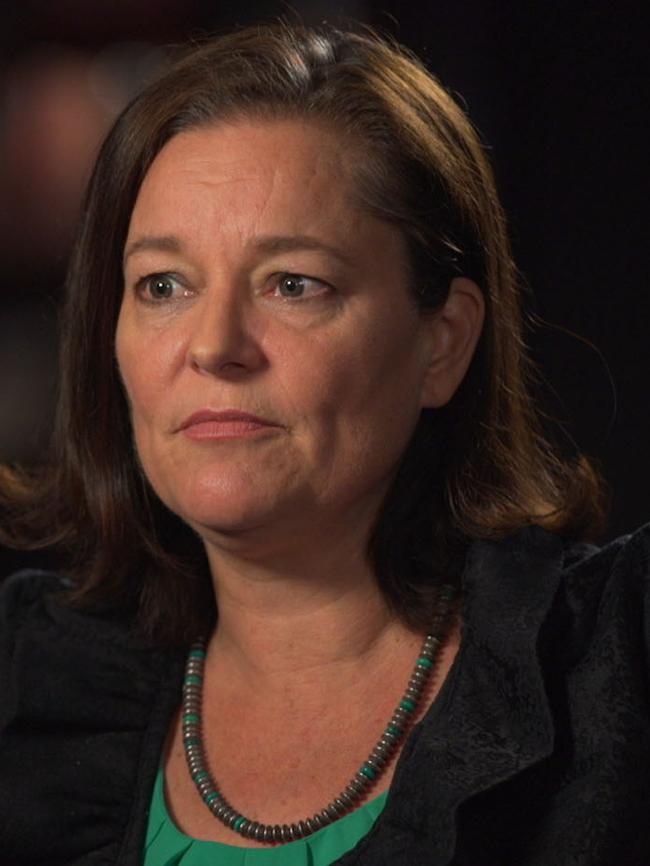
David was out and Catherine was distracted by a knock at the door, having forgotten to secure Ms Moir, when she grabbed her opportunity. The teenager forced open a locked window, fell through it and literally ran for her life.
Her captors had used false names in front of her, but again Ms Moir outwitted them, telling police she had seen a name on a medicine bottle — David Birnie — and describing items in the house to prove she’d been held there.
Once in custody, David revealed the site of the shallow graves of the four earlier victims, and the reality of the couple’s horrific actions over a matter of weeks in October and November 1986 became clear.
Ms Neilson had disappeared on October 6 after going to the Birnies’ home to buy car tyres; Ms Candy was abducted while hitchhiking two weeks later; Ms Patterson was taken after the couple offered help when she ran out of petrol; and Ms Brown was seized after accepting a lift on November 5.
The Birnies were sentenced to life with a minimum 20 years in jail, but David hanged himself in prison in 2005.
Catherine was declined parole for the fourth time in 2016, and her case would have been up for review again this year, but for a law change late last year.
The changes gave the attorney-general the power to put parole on hold for the state’s worst killers for as long as six years.
“I will be writing to the Prisoners Review Board to defer Catherine Birnie’s parole consideration, which is due on February 1, 2019, for six years,” Attorney-General John Quigley said after the new laws passed in December.
Ms Moir had campaigned against the previous Western Australian system that automatically saw prisoners considered for parole every three years.
VALMAE BECK & BARRIE WATTS
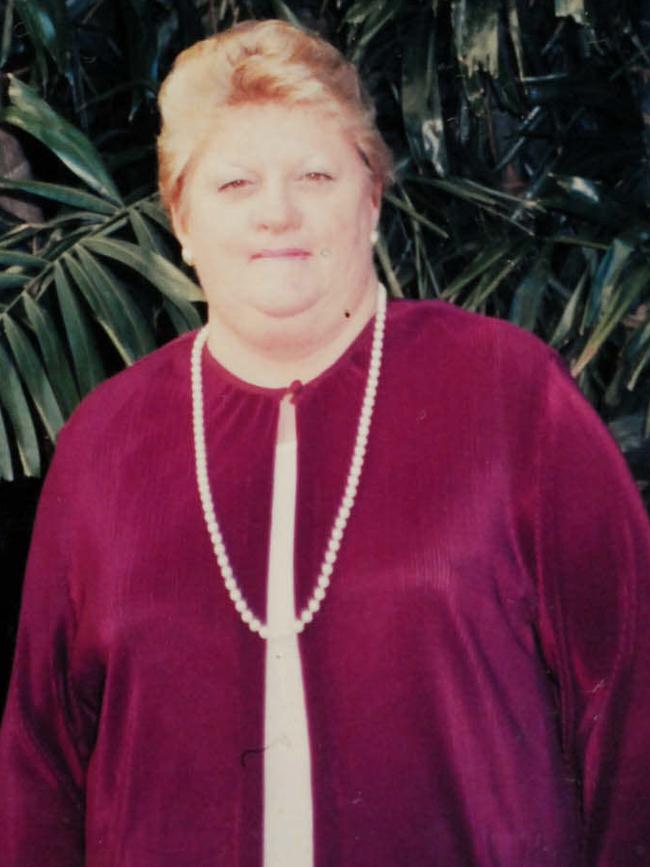
Valmae Beck was a dumpy, frumpy, mother of six in her mid-40s and about to become Queensland’s most hated woman.
In 1987, she colluded with her younger partner Barrie Watts in the shocking murder of a 12-year-old girl — simply because she didn’t want him to leave her.
Watts condition for staying was that she help him find a virgin to have sex with for “her first and last time”.
Their unfortunate victim was pretty, blonde schoolgirl Sian Kingi, a youngster simply cycling home on a November afternoon before being lured to a dreadful fate by the callous Beck.
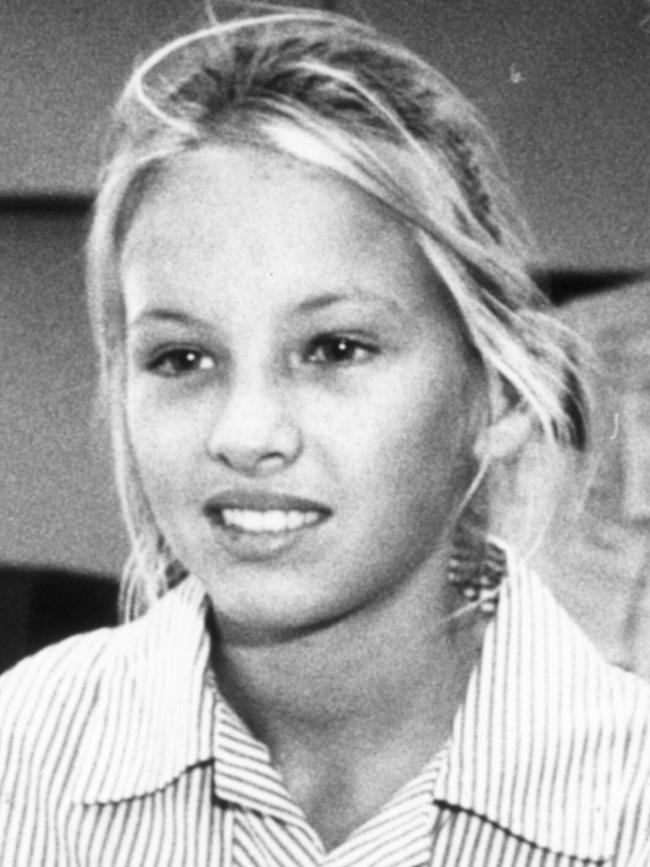
It was Beck who Sian stopped to help when asked if she’d seen a lost puppy; it was Beck who would keep the schoolgirl distracted while Watts advanced to grab her and bundle her into their car. And it was Beck that drove them out of Noosa.
The couple took Sian to an isolated area of forest where Watts repeatedly raped her in front of Beck, stabbed and strangled her. Her body was not found until six days later.
Police worked tirelessly around the clock to solve the crime and putting together a number of reports were soon on the trail of a white Ford Falcon station wagon and from that Beck and Watts.
They were arrested at The Entrance, NSW, about two weeks after Sian’s abduction.
Beck and Watts were both jailed for life, with Beck dying at the age of 64 in 2008.
“Harsh as it may sound, and people may judge me on that, I don’t think there will be many Queenslanders who would shed a tear in her direction and there would be some who would cheer,” said Acting Police Minister Robert Schwarten at the time.
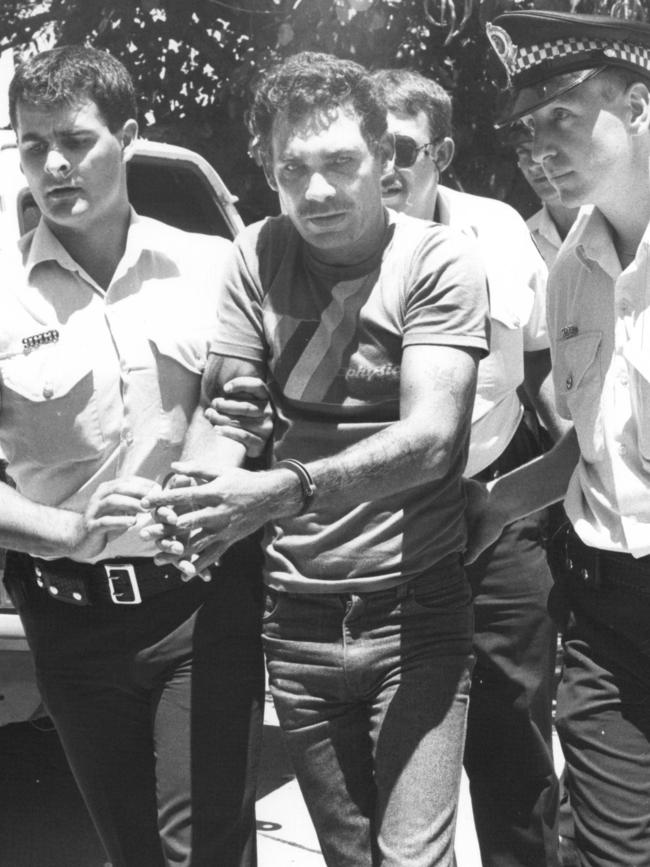
In 2012, police officers told News Corp Australia about the lasting impact the murder case had on them and vowed to fight any attempt by Watts to get parole.
Alan Bourke, a detective senior constable with the Sunshine Coast CIB at the time, said: “I think every investigator who was there was torn apart by what happened to Sian.”
Bob Dallow, who led the homicide squad team assisting the CIB, said: “I think about her every day.
“When we found Sian … she had her shoes on and her pink socks and I’ll remember that for as long as I live.
“The things they did to her were bloody disgusting.
“If they’d still had a hanging knot I would have quite happily hanged both of them. I still would.”
KEVIN CRUMP AND ALLAN BAKER
Kevin Crump and Allan Baker were jailed for life with the recommendation that they never be released after the murder of a farm worker and the abduction, torture, rape and shooting death of a mother-of-three in 1973.
But it took years of legal battles and law changes in reaction to parole bids by both killers to ensure they would die in jail — and as late as 2016 there were calls for a dedicated aged care wing in the prison system to guard against a loophole allowing inmates to apply for early release if they could not receive adequate care in prison.
Such is the horror at the men’s crimes and determination that they never go free.
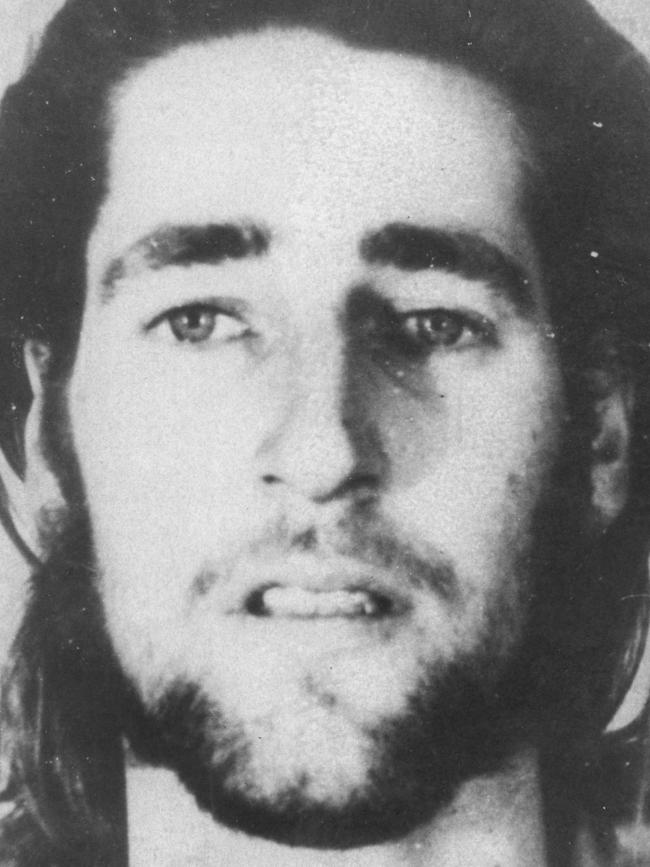
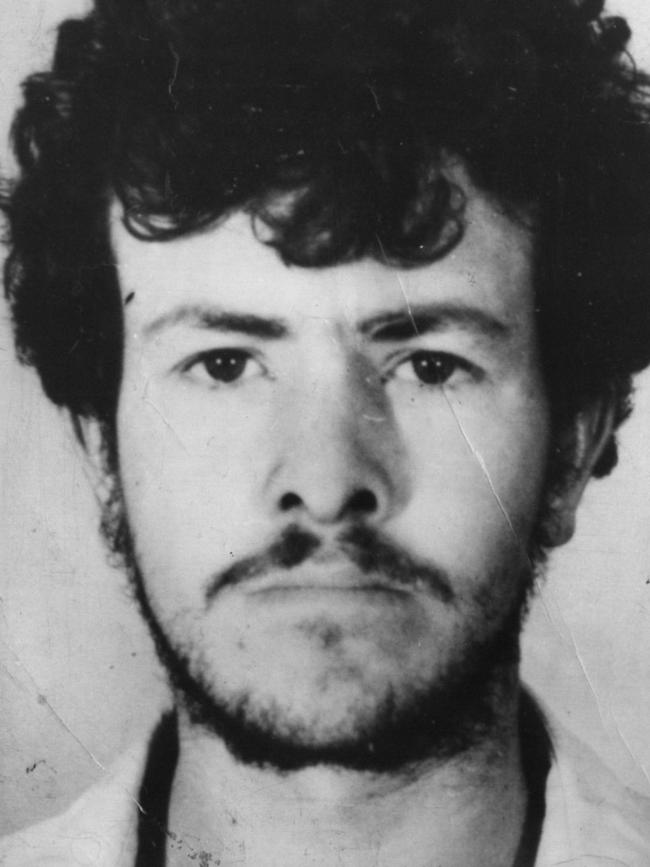
Lifers: Worst crims denied cushy life behind bars
That their first victim, Ian James Lamb, was shot dead as he slept in his car was bad enough. What they then did to Virginia Gai Morse after abducting her from a farmhouse at Collarenebri, NSW, just days later would see them described by the sentencing judge as “depraved animals” with “no spark of human decency”.
Mrs Morse, 35, was taken from her home and repeatedly raped on a terrifying road trip with her two captors before being shot dead in Queensland and her body dumped in a river.
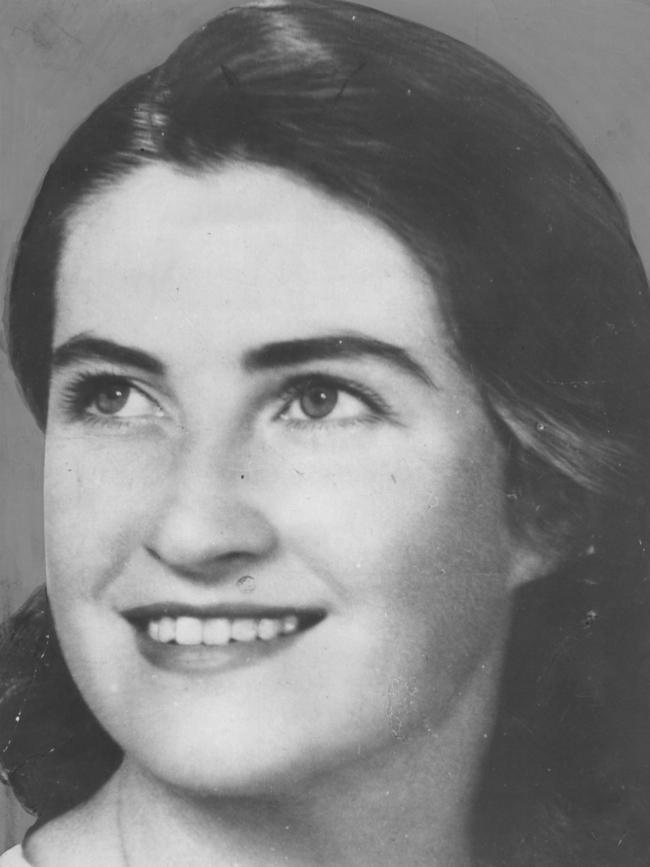
Some details of the crime were suppressed during the trial because of its horrific nature.
The men were caught in the days after the murders in a dramatic police chase after the stolen car they were driving was spotted. Shooting at police, they hit one officer, but eventually were forced into a paddock and hid in a river before a major manhunt saw them found and dragged out.
Evidence found in the car linked them to the earlier crimes and made it clear to police why they were so desperate to get away.
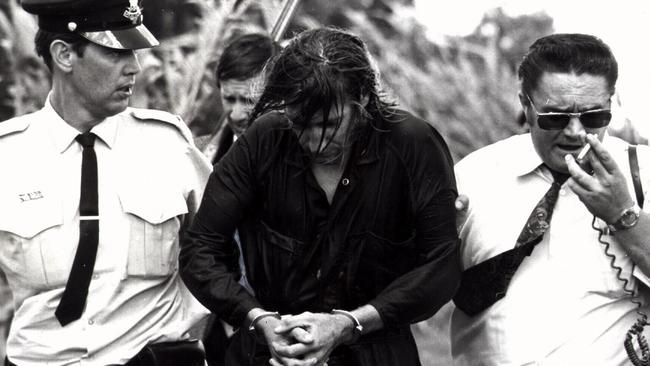
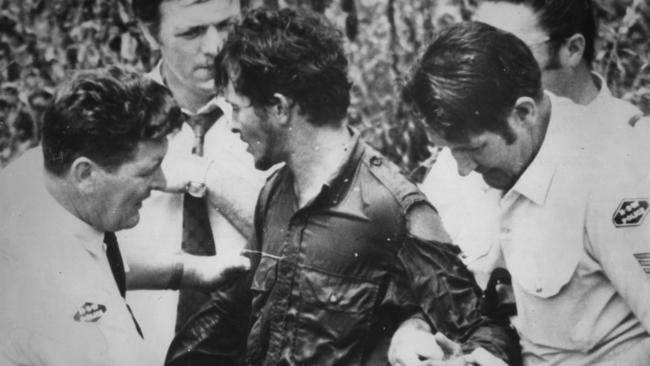
At their trial, Justice Taylor said: “If, in the future, some application is made that you be released on the grounds of clemency or mercy, then I would venture to suggest to those who are entrusted with the task … that the measure of your entitlement to either should be the clemency or mercy you extended to this woman when she begged for her life.”
In 2001, the NSW Parliament moved to make certain that Taylor’s sentiment was supported by law, passing legislation to ensure life meant life for 10 of the state’s most vicious killers: Baker and Crump; Anita Cobby’s killers Leslie Joseph Murphy, Gary Steven Murphy, Michael Patrick Murphy, Michael James Murdoch and John Raymond Travers; and Janine Balding’s killers Stephen Jamieson, Matthew Elliott and Bronson Blessington.
Then Premier Bob Carr said the new laws would remove an anomaly whereby killers jailed for life before the 1989 Truth in Sentencing laws were passed could still seek to have their terms redetermined or be given a release date.
Baker lost a High Court bid to have his life sentence redetermined in 2004. Crump — who had in 1997 been granted a minimum sentence of 30 years and therefore a potential 2003 parole date — lost his High Court challenge to the 2001 law change in 2012. A further attempt to have his case heard in the Court of Criminal Appeal was rejected in 2016.
JAMES MILLER AND CHRISTOPHER WORRELL
Between December 23, 1976 and February 12, 1977, seven young women and girls were raped and murdered in South Australia.
Shockingly the killing spree only ended by chance — when one of the killers died in a car crash — and it wasn’t until two years later that police even realised they had a serial killings case on their hands.
Truro murders: The untold story of the serial killings
Shocking discovery: The slain mother Niki never knew
At that point one victim’s body had been found in a paddock near Truro in 1978 but the death wasn’t initially deemed suspicious.
It was only the discovery of a second skeleton in the same paddock in 1979 that had police checking missing persons records and connecting the spate of disappearances over a matter of weeks two years before.
Seven Truro Murders victims would be identified: Veronica Knight, 18, Tania Kenny, 15, Julie Mykyta, 15, Sylvia Pittman, 16, Vicki Howell, 26, Connie Iordanides, 16, and Deborah Lamb, 20.
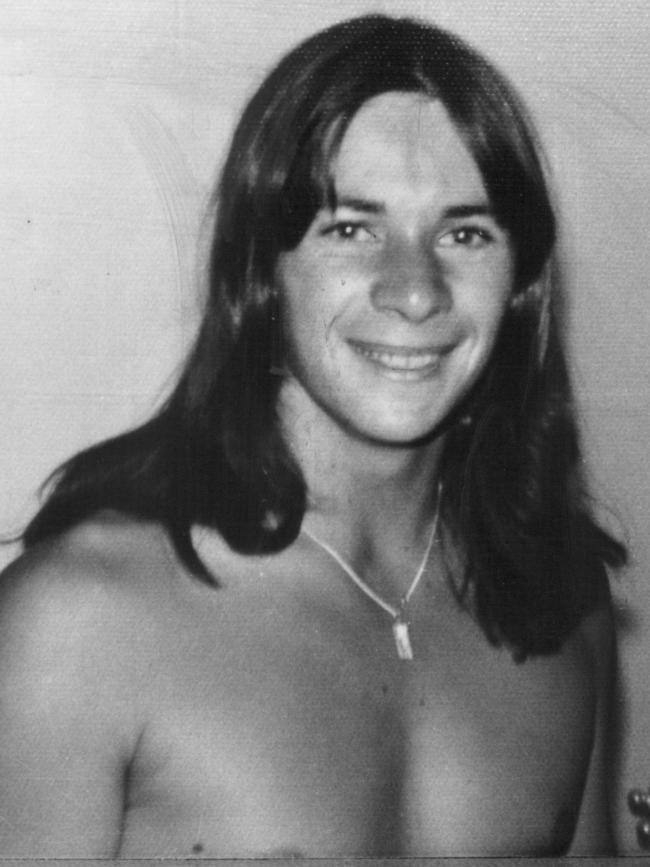
The killers were lovers-turned-partners-in-crime James Miller and Christopher Worrell, but Worrell was killed in a car crash a week after the final murder and would never face justice.
Miller was convicted of six of the seven murders in 1980 and given six consecutive life sentences. He later successfully applied for a non-parole period of 35 years, but died in custody in 2008 long before any possibility of his release.
Miller had come to the police’s attention after details of a confession he’d made to a woman in the days after Worrell’s death were passed on to them by another man she knew.
By this time they’d recovered four bodies, and strongly suspected three were yet to be found.
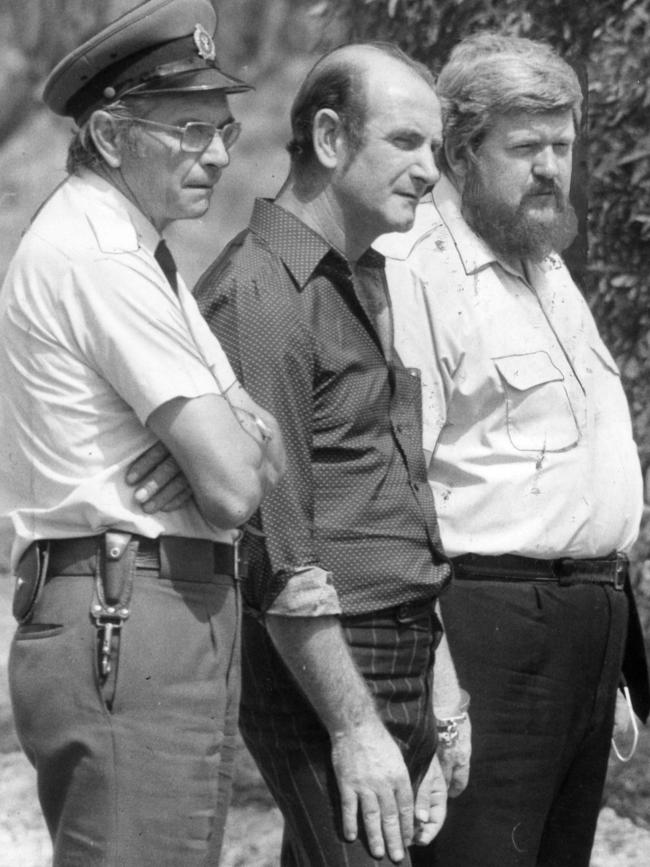
Questioned by Major Crime Squad detectives Glen Lawrie and Peter Foster, it took a few hours for Miller to crack, but when he did the extent of the killing spree was confirmed.
“Do you know if there are any more bodies laying around out there?” Det Sgt Lawrie asked.
“There are three more,’’ Miller calmly replied and agreed to lead police to them.
“I drove around with Chris and we picked up the girls around the city. Chris would talk to the girls and get them into the car and he’d take them for a drive and then he’s raped them and kill them,’’ he said.
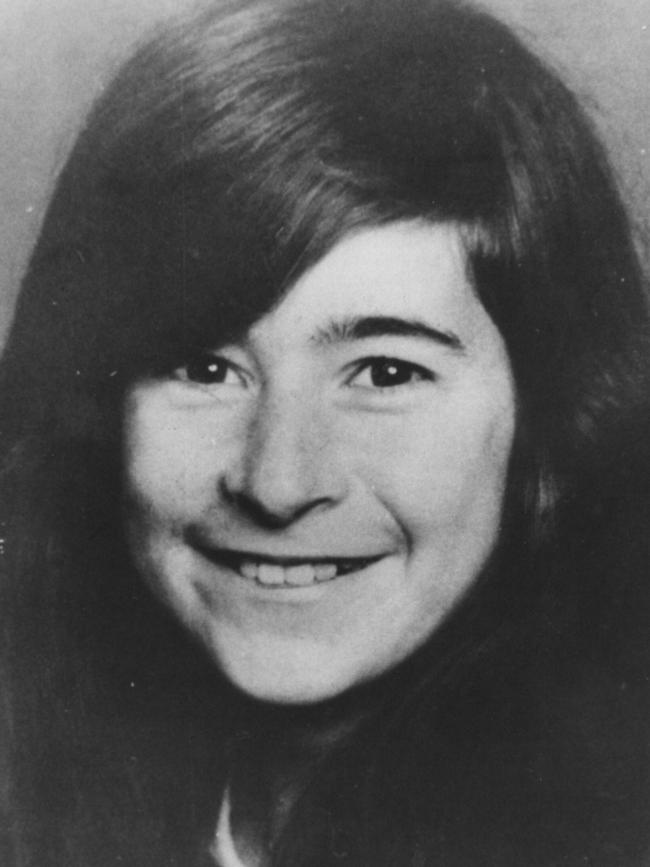
Miller pleaded not guilty to murder and played down his role at trial, claiming his job was to be “chauffeur and mug” to Worrell.
But the jury rejected his claims finding him guilty in a joint criminal enterprise.
Glen Lawrie had no doubt of Miller’s involvement after walking through the shrub with him to find the remains of 15-year-old student Julie Mykyta.
“He had told us in the interview a few hours earlier that he walked into the bush while his male partner killed the girls; he said he was only the driver,” he told the Sunday Mail in 2008.
“But it was just inconceivable that he could find this spot off a dirt track, in the dark, and then walk us to her if he was not directly involved.”
LINDSAY BECKETT AND LESLIE CAMILLERI
Lindsay Beckett would eventually spend five days given evidence against Leslie Camilleri to see him convicted over the murders of Bega schoolgirls Lauren Barry, 14, and Nichole Collins, 16.
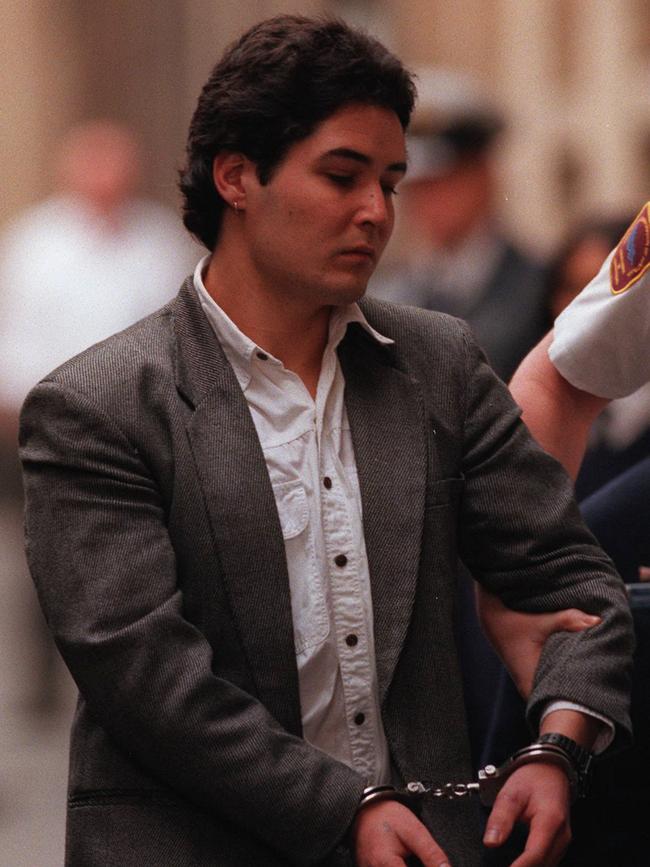
But it was Beckett who stabbed both girls to death — on orders from Camilleri — at Fiddler’s Green Creek near the NSW border in Victoria after a hellish 12-hour ordeal in 1997.
The two girls had been camping near Nichole’s home and were walking to a party when they were persuaded into a car by Camilleri, then 28, and Beckett, 23.
Once inside they had no chance of escape — the car’s back doors were permanently locked.
What followed was a sickening ordeal as the girls were held at knifepoint and driven from one remote location to another where they were repeatedly raped.
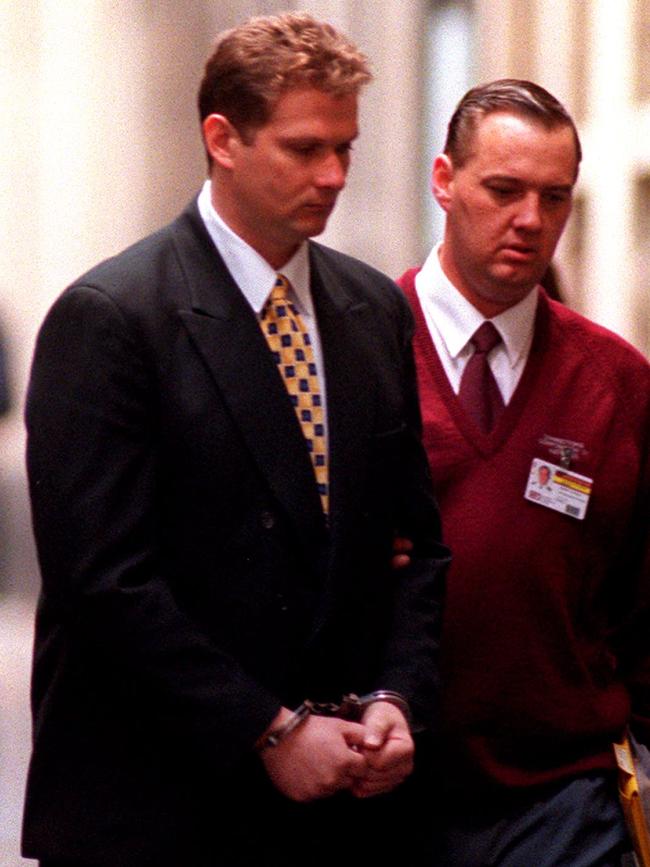
“To satisfy some drive within yourself, you subjected both of these victims to hours of terror and an ordeal during which, I suspect, they appreciated from an early point of time that they were almost certainly not going to survive,’’ said Justice Vincent at Camilleri’s trial.
“Once (the girls’) ordeal started, Beckett and you abandoned all pretence of any human decency.’’
Giving evidence, Beckett told the court how three weeks before the Bega attack, he and Camilleri had abducted a 19-year-old woman and raped her repeatedly during a prolonged ordeal, but she eventually escaped them.
After taking Lauren and Nichole to Fiddler’s Green Creek the evil duo argued about killing them.
“I said that I didn’t want to do it,” Beckett said in court. “I said to him, ‘You do one,’ and he said, ‘Just do as I say.’ So then he explained it again.
“I said, ‘I don’t want to do it,’ because I expected him to do one. When I have refused to do it, he said, ‘Just do it. Just f---ing do it or I’ll stab you here and now.’’’
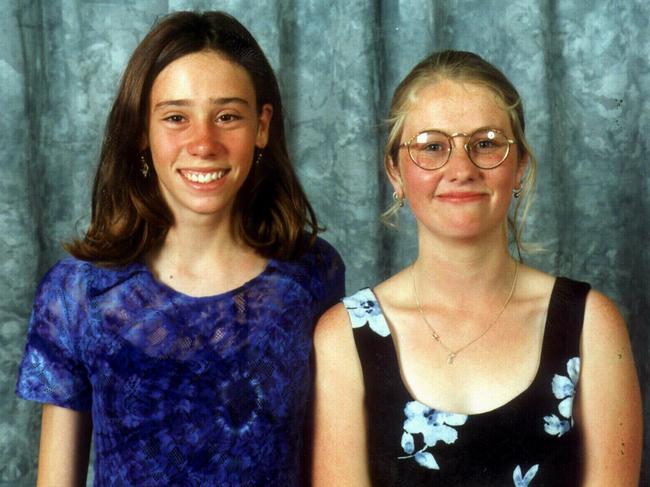
Beckett admitted his involvement in the heinous crime and pointed police to the location of the bodies after his arrest in the ACT on car theft charges. He earned himself a 35-year minimum jail term on his life sentence as a result of giving evidence against Camilleri.
Camilleri tried to convince the jury he was out of it on heroin in the car and knew nothing of the rapes and murders.
But DNA evidence told a very different story and he was found guilty and sentenced to two life sentences with no chance of parole.
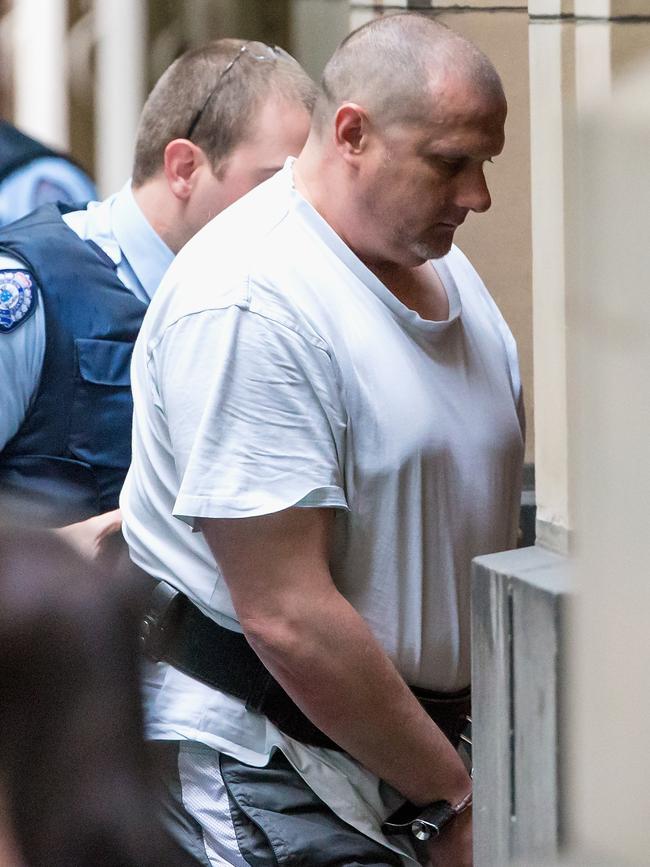
Justice Vincent told him: “Using the control which you clearly had over your weaker willed but equally evil companion, you instructed him to perform acts that, in a somewhat perverse way, it could be said that you probably did not possess the courage to perform yourself.”
What was not known at that point was that Camilleri had killed another young girl years before.
In December 2012 he pleaded guilty to the murder of 13-year-old Prue Bird, who had disappeared from her home in Glenroy, Victoria, in February 1992.
Her body has never been found.
Originally published as Twice the horror: The Australian killers who strike in pairs

